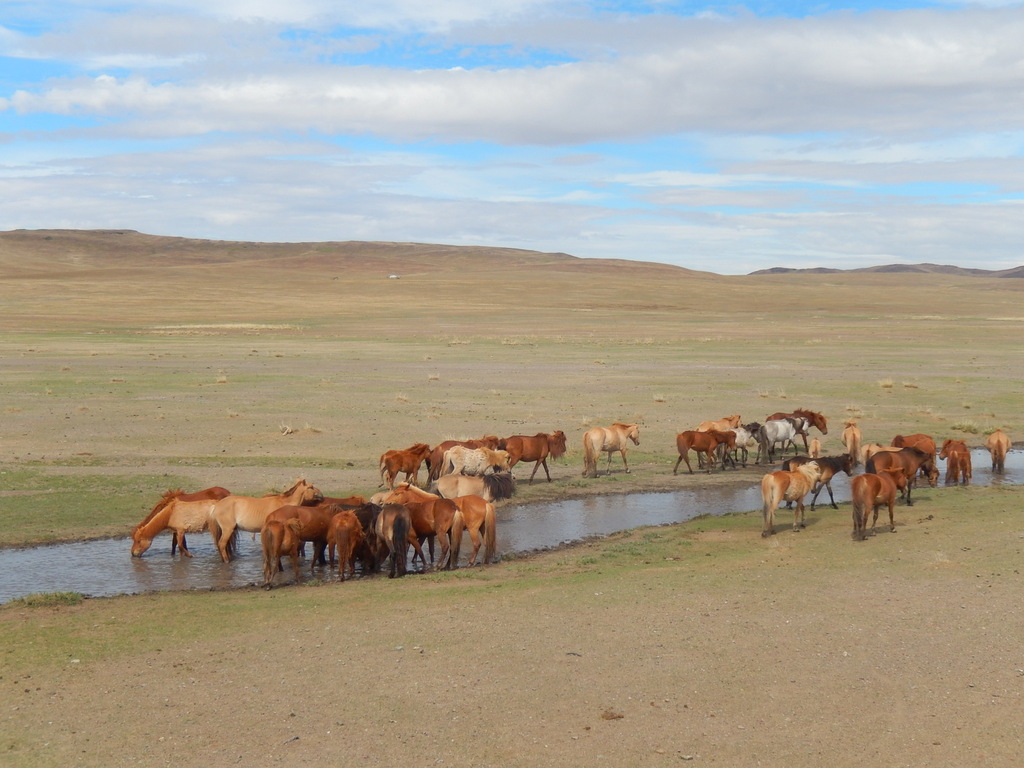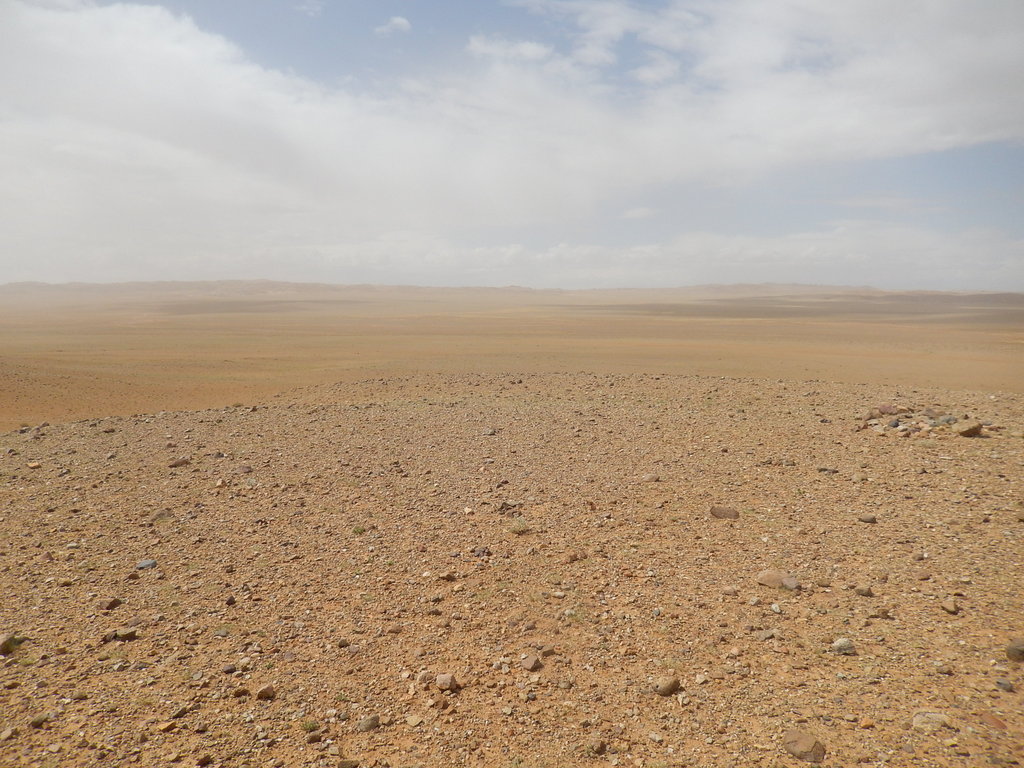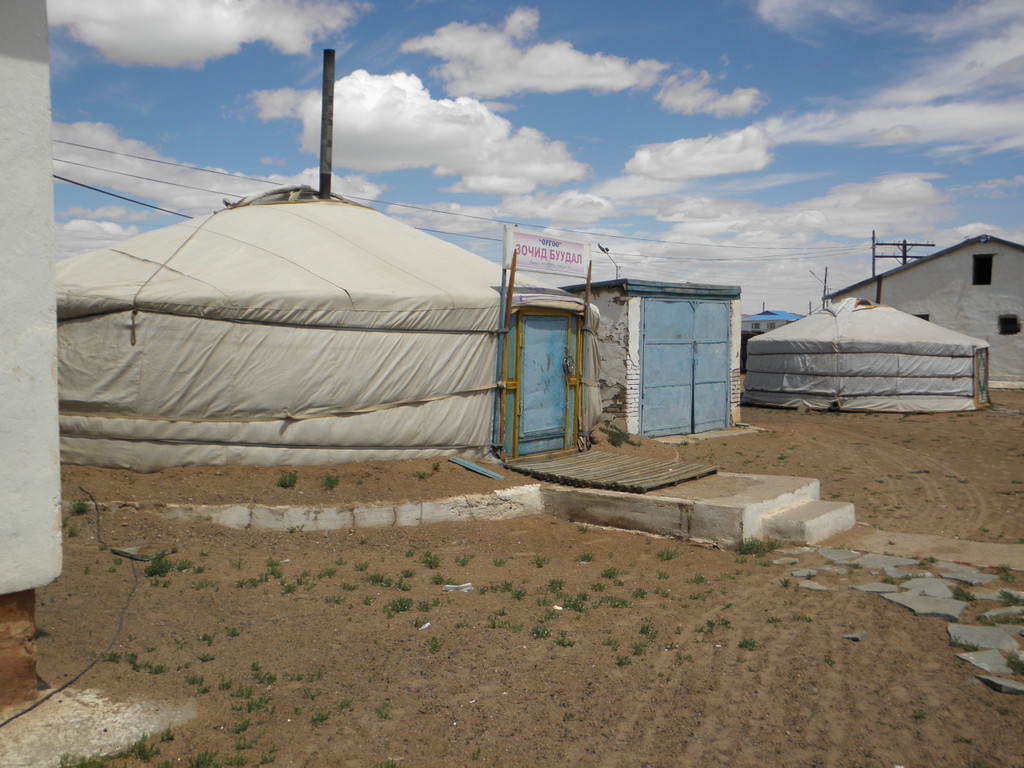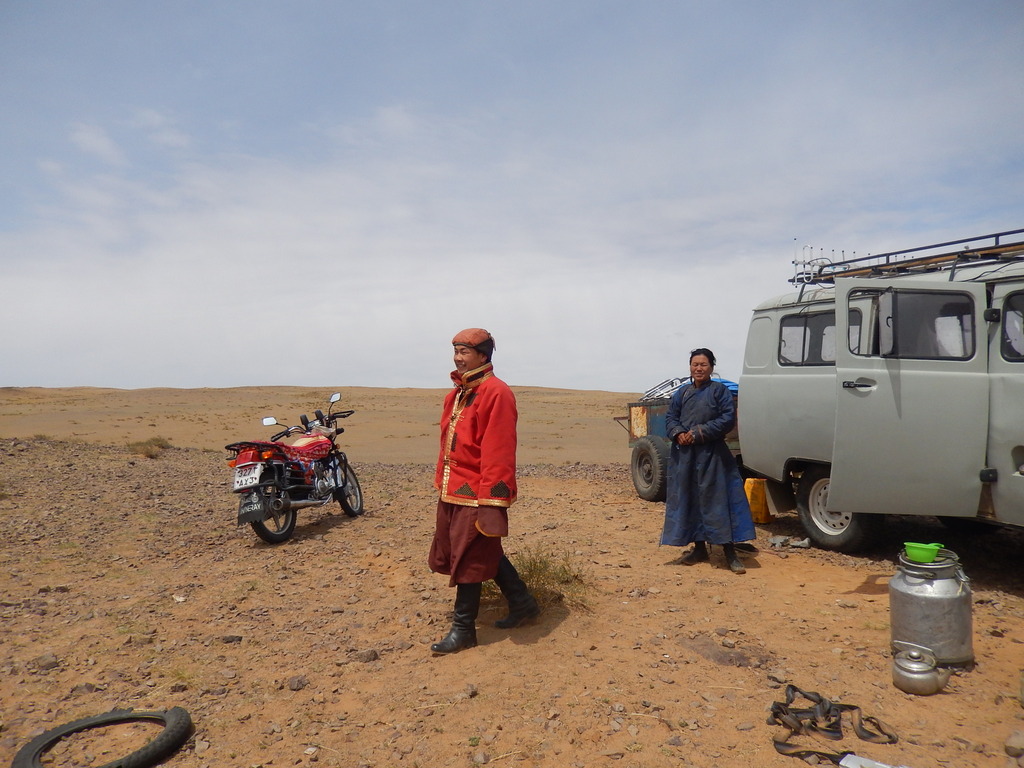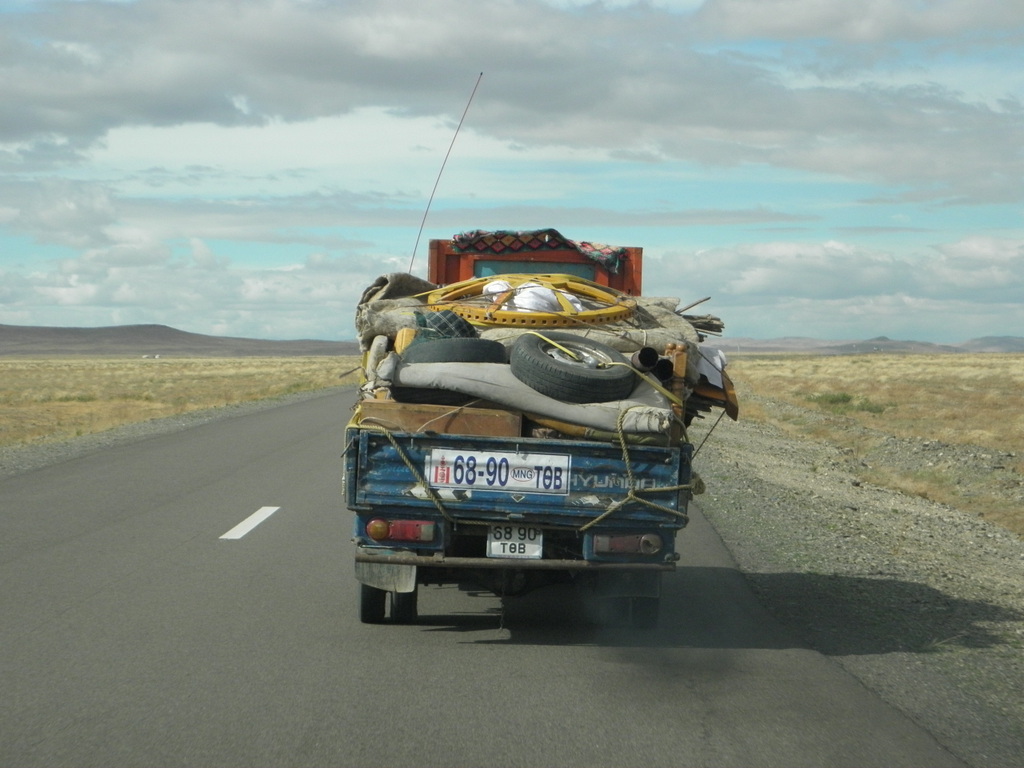|
|
|
Ulaanbaatar, 2007 |
Kuntala in Ulaanbaatar, 2015 |
|
|
|
Herders 150 km SW of Ulaanbaatar |
The gers (yurts in Turkic) are alays open to visitors |
|
|
|
Draining the whey from horse milk cheese | The vast rangelands |
|
|
|
Rare glimpse of water en route to Middle Govi |
Gibber desert |
|
|
|
Herders working as informal fluorspar miners east of Khuld |
Duststorm over another mining area |
|
|
|
Part of Khuld, a hamlet of about 500 houses in Middle Govi |
Our accommodation in Khuld, the hamlet's guesthouse |
|
|
|
David asleep in the ger |
Horses have given way to m/cyles and old Russion vans |
|
|
|
An inqusitive camel - losing his winter fur |
Mongolian version of an Ikea flatpack for gers |






